HOME > Basketball
How to rebuild an NBA team? Signing, drafting or trading all show their magic
12:30am, 20 October 2025【Basketball】
There is a saying that "the peak of prosperity will lead to decline, or the peak of prosperity will be prosperous." The same is true for NBA teams. They may be strong for a while and even establish a illustrious dynasty, but they may also decline and fall into a rebuilding cycle.
However, some teams have succeeded in rebuilding, while others have failed to rebuild, and have even fallen into a cycle of "rebuilding and rebuilding again".
The Kings are an example. After being dormant for 17 years, they finally finished third in the Western Conference in the 2023 season. However, this was only a flash in the pan. They never made the playoffs again, and the Kings were forced to disband.

The key to reconstruction is to find the core of the team. Find the top core of the team (such as James, Curry, Durant, Jokic, Antetokounmpo, Doncic, etc.) to lay the foundation. Then it will be declared that the team has been successfully built. With a good lineup, you can rush to the championship. Finding a team core that is not top-notch but strong (such as Tatum and Jaylen Brown) can still win the championship by matching the lineup, which declares the success of the team.
If a suitable team core cannot be selected, this rebuilding cycle will fail. The Wasp is a typical example.
Of course, the standards for success for each team are different. The Hawks selected Trae Young as the core of the team. Although there is currently no hope of competing for the championship, the team is still satisfied. In previous years, the Jazz had the dual core of Mitchell and Gobert, and their regular season record was okay, but the management was dissatisfied, so they disbanded the team.
There are three modes for NBA teams to acquire players: draft, signing and trade.
So there are three reconstruction modes:
One is draft reconstruction.
Obtaining good rookies is the most common team model.
This is more likely to happen when the team is in a small city or ball market or when the team owner is relatively poor (or unwilling to make money).
The success of draft reconstruction is related to luck. If you are lucky, you will get a higher pick; of course, it is also related to the management's draft quality. Sometimes high picks don't necessarily mean high quality. The Nuggets used the 41st pick to select Jokic, who is now the number one player in the league. This level is almost unparalleled.
The bad mode is the best draft reconstruction mode, because the worse the performance, the greater the probability of getting a high pick. The Bucks selected Giannis Antetokounmpo, the Celtics selected double picks, the Timberwolves selected Edwards, the Pistons selected Cunningham, the Magic obtained Benqueiro, and the Spurs selected Wenban Yama.
The most famous case in history is that the Philadelphia 76ers adopted the "trust the process" model, acquired many high-ranking players, and advanced to become a powerhouse in the Eastern Conference.

Of course, not all teams will choose to mess up. For example, the Pacers rarely mess up, and the Jazz rarely messed up before Anji joined the management.
There are also draft reconstruction projects that use a non-bad model, such as the Mavericks acquiring Flagg.
In addition, failure does not necessarily mean success. For example, the Hornets have performed poorly for many years and selected many high-ranking players. However, due to the strength of the players (especially three goals and Brandon Miller), it is difficult for the team to enter the playoffs. The Jazz have selected many rookies in recent years with poor results. Let's take another look at Bailey this year.
The NBA also tends to discourage bad play. The lottery lottery probabilities were once adjusted to reduce the probability that the worst team would win the No. 1 pick.
The second is to sign a contract for reconstruction.
The core of signing a team is another reconstruction model.
But it is not easy to directly sign the core team members (signs and swaps also count).
First of all, the core of the team must be top-paid players, and there needs to be good salary space.
But to make room, the team must have a large number of expiring contracts in the previous season. If the team is in this situation, its record last season may not be good, and it will be difficult to attract top-paid players.
Therefore, signing and rebuilding are often done by teams in big cities and markets, such as the Los Angeles Lakers, Clippers, and New York Knicks. The Lakers signing James, the Clippers signing Leonard, and the Knicks signing Brunson are classic cases.

If the signing and exchange model is adopted, there must be something that can impress the player's old club (such as first round, good players).
The third is transaction reconstruction.
Trade reconstruction is the third reconstruction mode, which is suitable for teams with good trading chips, such as good players and good draft picks (especially the first round). Good players and good picks need to be "saved", and the process of saving is very difficult.
Of course, it also requires the cooperation of the other party, who is willing to send out top players.
The Thunder acquired Alexander from the Clippers, which is an example of trade reconstruction in recent years. This is also based on the Clippers' rigid need to trade Paul George.
The Pacers' Haliburton and Siakam, and the Cavaliers' Mitchell were both acquired through trade.
Of course, not all reconstructions use only one mode, but a combination mode may be used, because the core of the team may be one person, or it may be two or even three people.

Different cores may choose different models. For example, the Lakers' James and eyebrow combination, James came through signing, the eyebrows came through trade, and the current new core of Doncic came through trade. For example, the Thunder's Alexander was traded, while Chet and Jaywe were drafted. For example, Mitchell from the Cavaliers was acquired through trade, while Mobley was acquired through the draft.
Sometimes teams will also adopt a chain mode, acquiring a large number of high-ranking players through bad deals, and then trade the high-ranking players as bargaining chips to rebuild the core. The most classic example is to exchange the Lakers' three sons Big Ball, Ingram and Hart for thick eyebrows. The Rockets' trade of high-ranking player Jaylen Green for Durant in the offseason is also a classic case.
Mini-game recommendations:Mega Ramps stunt cars 3dRelated Posts
- Tyron Lu talks about superstar breakup: If Irving has not left the team, I think James will stay with the Cavaliers
- American News: The Lakers are expected to maintain their current lineup and enter training camp. They look forward to Vincent & Kleber s performance
- Stockton: NBA s current style is weak; they are all jumpers, players love load management; their salary is still high
- The Rockets have signed 4 players in a row, the Clippers finally take action, and the Warriors target appears
- Morant bid farewell to Bain: 5 years of brotherhood breaking, muscle shooter shoots magic to change the Eastern Conference pattern
- More than the third brother! Homgren becomes the X factor?
- Funny, Brunson was named the 2025 NBA Playoffs Best Offensive Player and Worst Defensive Player
- Why can t the Los Angeles Clippers win the NBA championship?
- Amen s "fake PG" effect is outstanding: 19+7+6 in three quarters, relaxed and enjoyable. Fan Jordan s reimbursement is good for him
- Very suddenly! Retired?! Simmons doesn t want to fight anymore?
Hot Posts
- Tyron Lu talks about superstar breakup: If Irving has not left the team, I think James will stay with the Cavaliers
- American News: The Lakers are expected to maintain their current lineup and enter training camp. They look forward to Vincent & Kleber s performance
- Stockton: NBA s current style is weak; they are all jumpers, players love load management; their salary is still high
- The Rockets have signed 4 players in a row, the Clippers finally take action, and the Warriors target appears
Recommend
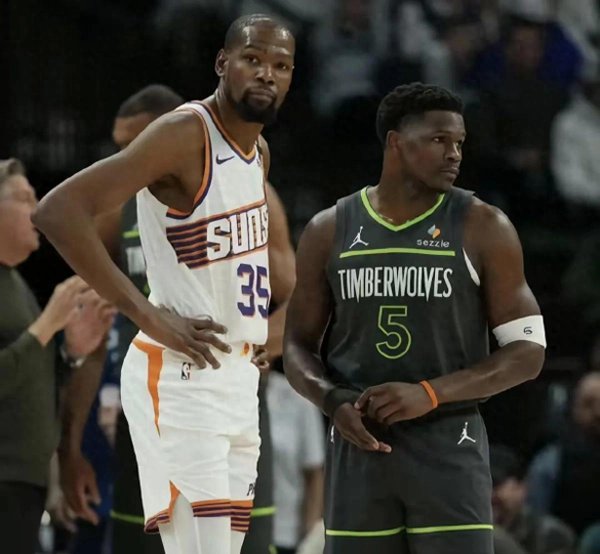
The countdown to KD s decision! The Timberwolves became a popular candidate? Huazi s final puzzle for winning the championship is here!
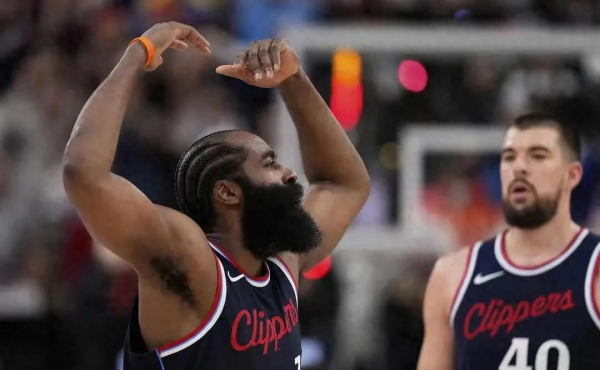
The Clippers officially announced that they had completed a contract renewal with Harden!

Could it be that James could have surpassed without a major injury? Durant scored another 1,722 points, and the total score would surpass Jordan
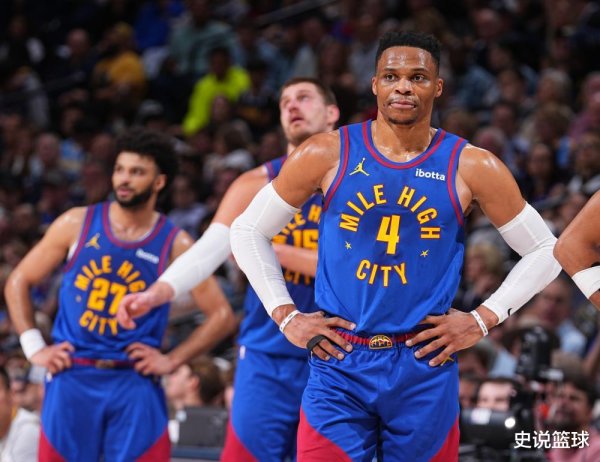
Nuggets Overtime Bloody Battle with Thunder: Jokic relies on his teammates to prolong his life, SGA s ultimate killing of soft-footed shrimps reveals its true form

Turning around! Durant trades the Suns value is reduced, considering the White Demon as a supplement, and still dislikes Green
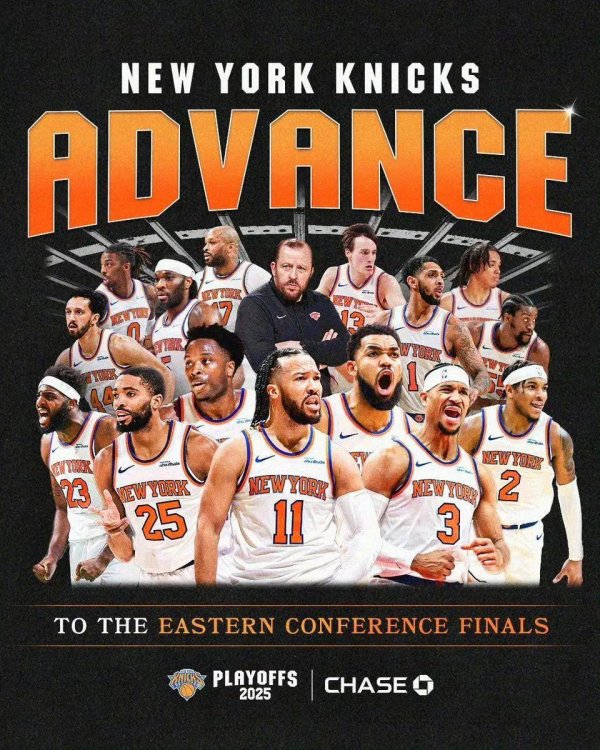
New York awakens! Knicks beat the Celtics 38 points to advance to the Eastern Conference Final, Brunson led the team to strive for the first championship in 52 years
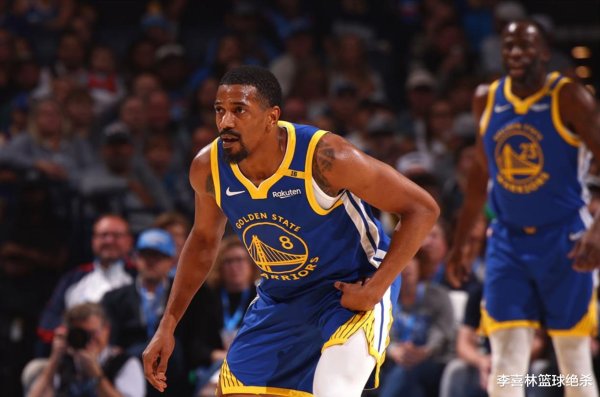
Warriors strengthen the benefits! It is revealed that the 26-year-old 3D champion is interested in working together again: Is it a perfect match for Curry to receive his first salary in one year?
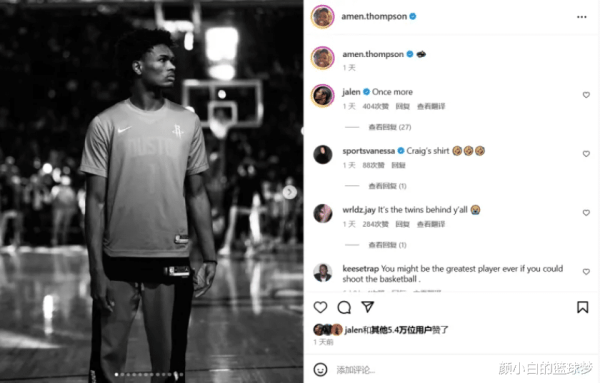
Green liked him and asked him to leave the Rockets comments sparked heated discussion: The billion yuan contract will take effect, and the three plans for the media to be heart-wrenching